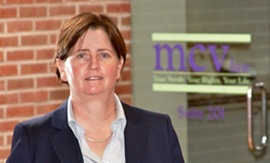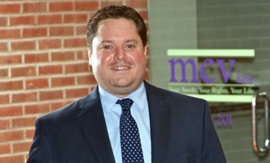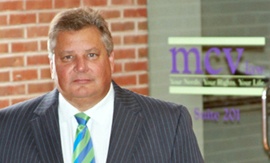The law says that an injured worker is entitled to causally-related medical treatment. This simply means medical treatment related to an injury or illness that occurred at work. In the real world, this means that you can see a doctor or medical provider, such as a chiropractor or a physical therapist, who accepts New York State Workers’ Compensation insurance, has been approved by the Workers’ Compensation Board to treat injured workers, and completes the required forms.
It is often difficult to find medical providers to treat injured workers. In fact, many family doctors and internists have elected not to treat injured workers even if they generally provide them with routine medical care. Thus, conservative care for a back or extremity injury that was once offered by a family doctor is now referred to the big orthopedic practices, which are set up to handle Workers’ Compensation. In other specialties such as lung, heart or hearing loss cases, familiarity with the forms and procedures is limited, because these injuries are rarer. A list of board authorized medical providers can be found here: http://www.wcb.ny.gov/hps/HPSearch.jsp.
The medical providers are paid according to a fee schedule prescribed by the Board and are required to complete special forms. The forms are referred to as the “C-4 family” and can be found here: http://www.wcb.ny.gov/content/main/forms/Forms_HEALTH_PROVIDER.jsp.
Many medical providers have opted out of the Workers’ Compensation system because they believe that the fee schedule is inadequate, especially given the time and effort that is required to complete the forms. While a new fee schedule was proposed, it was withdrawn and is now being reworked to encourage more universal acceptance.
Consequently, injured workers with injuries to their back, neck, upper, or lower extremities, will most likely find themselves at an orthopedic practice shortly after their injury. Treatment for these sites is now subject to the Medical Treatment Guidelines. The Guidelines lay out acceptable treatments, as well as the sequence and duration for such treatment. If your doctor or medical provider wants to vary from the Guidelines, a variance must be filed and authorization must be obtained. A link to the Guidelines can be found here: http://www.wcb.ny.gov/content/main/hcpp/MedicalTreatmentGuidelines.
The Guidelines also require pre-authorization for more complicated treatments, such as fusion of the vertebrae of the low back. This process brings further requirements for doctors to follow. Specifically, doctors must complete and properly file a C-4AUTH form and wait 30 days for the Carrier to respond. The Carrier may approve or deny the request. To properly deny, the Carrier must provide evidence to support their denial, such as an opinion from an Independent Medical Examiner. Although a denial can be challenged in court, the process is still complicated and lengthy.
 MCV Law Email Sign Up
MCV Law Email Sign Up

Problems at Closing











Guillain Barre Syndrome (“GBS”) is a very serious autoimmune...









What should I do if I have been in a motor vehicle accident...
